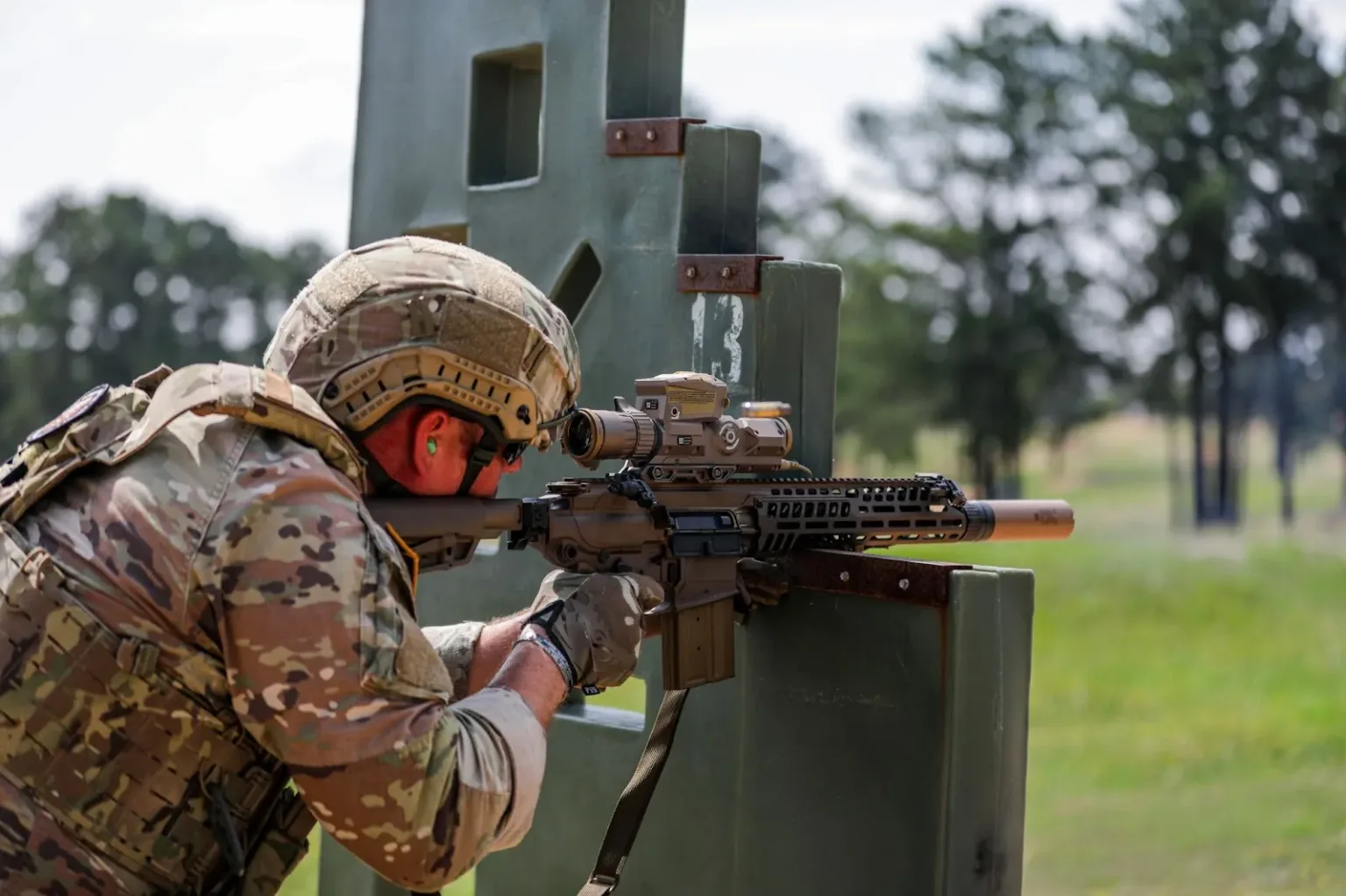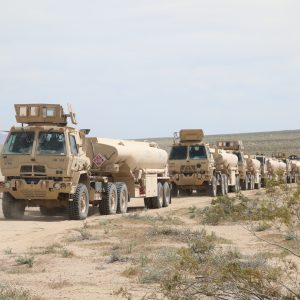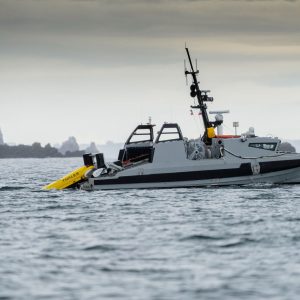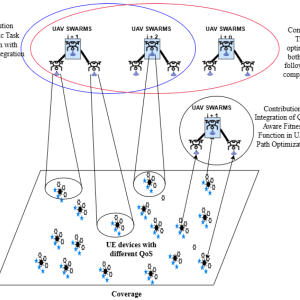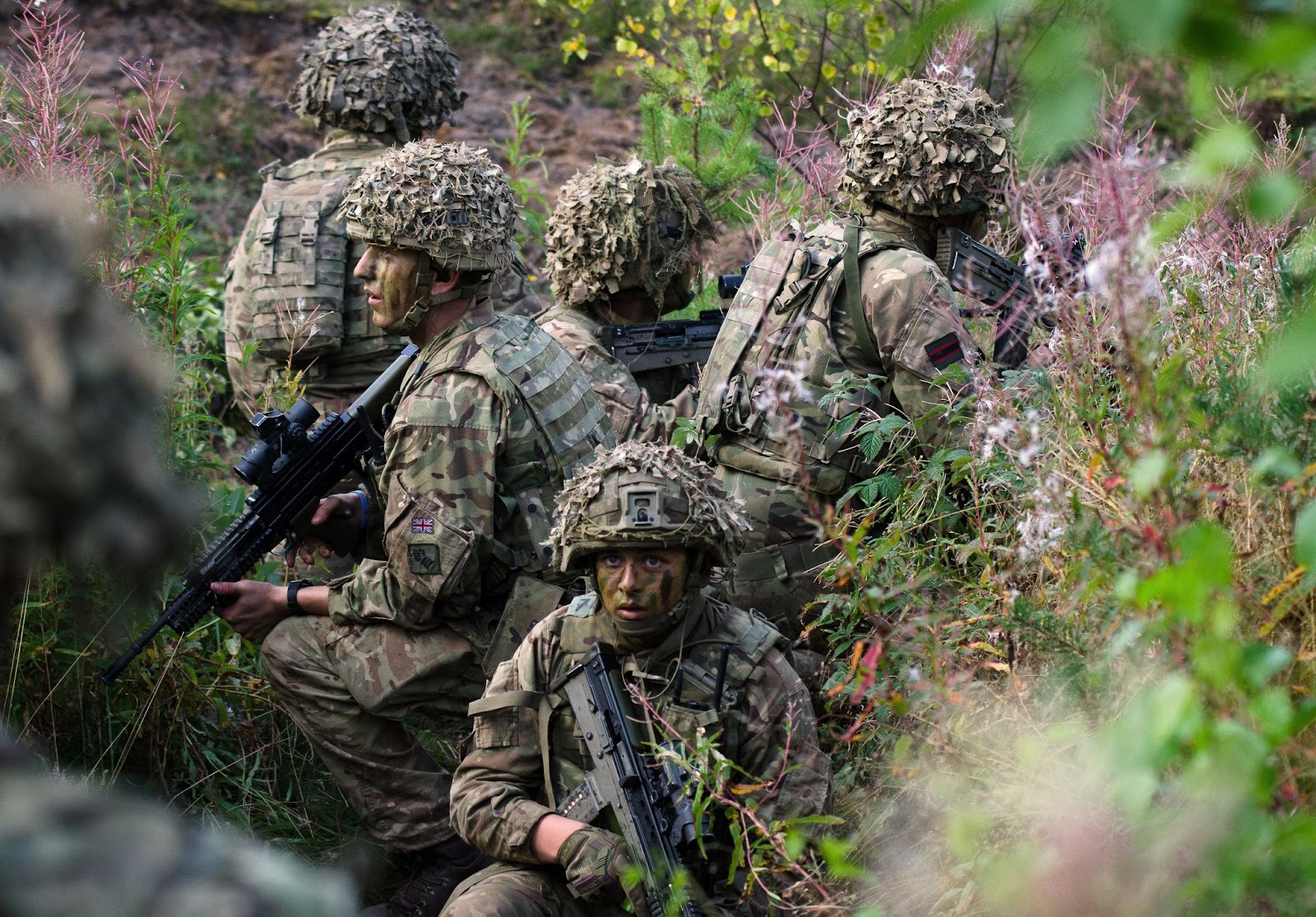
The British Army’s rifle replacement is now formal policy, with the Ministry of Defence confirming the SA80’s out-of-service date in 2030 and launching Project Grayburn to select its successor.
Beyond swapping one rifle for another, Grayburn will shape soldier lethality, logistics, and industrial sovereignty for decades. Decisions on caliber, weapon architecture, and domestic production will ripple through doctrine, NATO interoperability, and the U.K.’s defence industrial base.
Key Facts
Program: Project Grayburn — competitive procurement to replace SA80/L85 series.
Scale & Timing: ~150,000–180,000 rifles; concept now, assessment phase slated for 2026; potential contract award Q4 2026–Q1 2027.
Out-of-Service Date: L85A3 set for retirement by 2030.
Leading Contenders: Beretta NARP / Sako M23; Heckler & Koch HK416/HK433; SIG Sauer MCX (including 6.8×51mm configuration); Knight’s Armament SR-16/SR-25.
Watch: Project Grayburn video brief
Why retire the SA80 now?
Introduced in the mid-1980s under the SA80 program, the bullpup L85 offered a full-length barrel in a compact package suited to mechanised and urban warfare. Early reliability issues were mitigated through major upgrades—most notably the Heckler & Koch L85A2 overhaul and the current L85A3—but the platform’s ergonomics and growth potential now lag allied systems. The MoD has therefore set 2030 as the out-of-service date.
What Grayburn is really deciding
Caliber and lethality. The central question is whether to remain with 5.56×45mm NATO for maximum interoperability, or migrate to a more energetic cartridge—most prominently 6.8×51mm, as adopted by the U.S. Army’s M7/M250 weapon family—to extend effective range and defeat modern body armor. The U.S. has formally type-classified the M7 rifle and M250 automatic rifle and is fielding them to close-combat units, a strong signal of confidence in the 6.8mm pathway.
Weapon layout and soldier fit. With no widely advertised bullpup submissions, the de facto choice appears to be a conventional layout, aligning the British soldier’s manual of arms with most NATO partners. Benefits include simpler ambidextrous handling, accessory compatibility, and training commonality across coalition formations.
Integration at the system level. Grayburn is not a “rifle-only” buy. It must integrate suppressors, next-generation optics, clip-on enablers, and power/data interfaces for future soldier systems. Acoustic and flash signatures, thermal burden, and maintenance cycles under suppression will weigh heavily in trials, as will readiness for advanced fire-control optics that are proliferating across NATO.
Industrial resilience. London is explicit about the value of sovereign capacity. Proposals that locate final assembly—and ideally ammunition manufacture—inside the U.K. will score strongly, hardening supply chains and sustaining skills. Beretta has already indicated it would build rifles domestically if selected; other bidders are expected to present similar models.
The leading contenders and what they signal
Beretta Defence Technologies. Beretta’s modular New Assault Rifle Platform (NARP) and Sako M23 give Grayburn both multi-caliber flexibility and a design already in service with Nordic partners. The declared willingness to produce in the U.K. aligns tightly with Whitehall’s resilience aims.
Heckler & Koch. The HK416 is a combat-proven 5.56mm carbine used by U.S., French and Norwegian forces; the lighter, modular HK433 offers an alternative architecture. HK’s long history with the SA80 upgrade program is a credibility booster—and a reminder that sustainment infrastructure matters as much as initial performance.
SIG Sauer. The MCX family—of which the MCX Spear informs the U.S. M7—offers caliber flexibility, suppressor-centric design, and a clear 6.8×51mm pathway if the U.K. seeks overmatch against enhanced protection at distance.
Knight’s Armament Company. The SR-16 (5.56mm) and SR-25 (7.62mm, known in U.S. service as the M110) have outstanding reputations for accuracy and durability. However, price and weight may confine these to marksman or specialist roles rather than general issue.
Caliber choice is not a spec sheet checkbox; it is a force-design decision. A move to 6.8mm promises standoff and penetration but demands heavier ammunition, altered load plans, and re-tooled training and sustainment.
Learning from the U.S. NGSW path
The U.S. fast-tracked Next Generation Squad Weapons to gain immediate overmatch, securing type classification and beginning fielding of M7/M250 after compressed testing cycles. The British approach is deliberately more measured: a longer assessment phase, heavier emphasis on NATO interoperability, and clear linkage to industrial policy and sovereign manufacture. Both models have merit; Grayburn’s advantage is the ability to ingest U.S. early-fielding lessons before committing to irreversible choices.
Risks, timelines, and what to watch
Schedule realism. With assessment activities slated for 2026 and a potential award as early as late-2026 or early-2027, initial fielding before the SA80’s retirement is achievable but tight. Any slippage in requirements finalisation, trials capacity, or industrial mobilisation could compress training and conversion timelines for close-combat units.
Through-life cost. The British Army rifle replacement is a 30-plus-year commitment. Suppressor wear, barrel life under higher-pressure cartridges, and the cost of advanced optics must be modelled alongside soldier load and ammunition volume. A 5.56mm path leverages existing NATO stocks; a 6.8mm path demands new storage, transport, and coalition resupply agreements.
NATO standardisation. Moving away from 5.56mm does not preclude interoperability, but it will require careful planning for coalition operations. The U.K. will need to champion updated STANAGs and ammunition sharing concepts, especially for expeditionary brigades and pre-positioned stocks.
Bottom line
Grayburn is a once-in-a-generation decision. If London prioritises rapid overmatch, a 6.8mm-class solution with suppressor-ready architecture beckons, drawing on U.S. momentum. If it prioritises coalition commonality and lighter logistics, a state-of-the-art 5.56mm family with superior optics and signature control remains compelling. The winning bid will be the one that best aligns lethality gains with sustainable training, logistics, and sovereign production—on schedule for 2030.
Related coverage
For wider context on defence modernisation drivers, see our strategic brief on long-range fires, AI, unmanned systems, and soldier lethality trends.
References
- Defence Agenda – Defence & Aerospace Strategic Trends (internal)
- Forces News – Project Grayburn status, quantities, and phases
- Army Technology – Timelines and batch delivery expectations
- UK Defence Journal – Parliamentary answer confirming SA80 replacement over the coming decade
- Task & Purpose – Britain’s next rifle: Inside the race to replace the SA80 (source article)
- U.S. Army – Type classification approval for M7 rifle and M250 automatic rifle
- UK Defence Journal – BDT UK domestic production pitch
- Beretta Defence – NARP platform overview
Further Reading
U.S. Army Acquisition – NGSW portfolio | Forces News – SA80 out, quest begins to make the Army more lethal | Global Defence Technology – Project Grayburn: industry perspective
Editor’s note: This article uses an image sourced from the provided news link to comply with asset-usage policy. The embedded video is provided via official YouTube URL.

